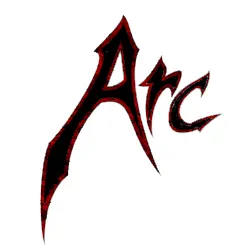I’ve started playing with it and it is actually pretty cool. I can create basic containers and then group them into pods. Once the pods are running and healthy I can deploy to Kubernetes
It’s certainly a GUI for a thing. What’s your question though?
It is a GUI but it really helps me wrap my head around building Kubernetes deployments. Technically you could use a combination of podman and kubectl to do something similar but with Podman desktop it is all integrated which is nice.
Well an abstract from the real work might catch you in a weird spot, especially with the k8s world.
Eh… Without examples, I don’t know that this is a good warning.
Everyone gets into different technologies at their own pace. Even if it does bite OP in some abstract way because they eventually get to some complex use case, that’s okay; it’s all a learning experience.
Well let me pull my case stud…no
Kubernetes doesn’t work with a GUI, and uses a stalwart config format for a reason. Relying on an “easier” way to do it will have unintentional consequences.
Try getting a job with “Well I know Kubernetes but only if I can use this particular GUI uhhhhhhh.”
No
GUIs can be very good for getting started and learning concepts though. Much more “discoverable” and can allow for quicker iteration.
Then when learning the “proper” command line tools, the process should be easier as one already knows the concepts and terminology, and can concentrate on just the tooling.
Tried it a couple times. Went back to the CLI.
If you know the CLI or are willing to learn, the GUI is yet-another layer for bugs to exist.
I do both
I use podman cockpit with virtualmin on my home server, can manage everything from my phone that way
I would switch to podman if there is an easy transition from docker to podman
Most commands are the same. They recommend just aliasing docker to podman so you can keep using your old commands.
This changes a bit when you start using podman quadlets instead of docker compose, but most compose commands have an analog in the quadlet syntax.
Ive yet to run into any compose files that I couldn’t translate, but some functions took a bit. The quadlet docs from redhat really help there.
Look into podman compose
Its no longer actively supported. It likely still works, but redhat is moving away from it in favor of quadlets.
Quadlets use systemd files to manage containers, which is excellent, its just a departure from compose.
Even though it isn’t technically supported it still can help with moving to Qualets and ultimately Kubernetes. You can use it to create a pod and then you can expose the configuration.




